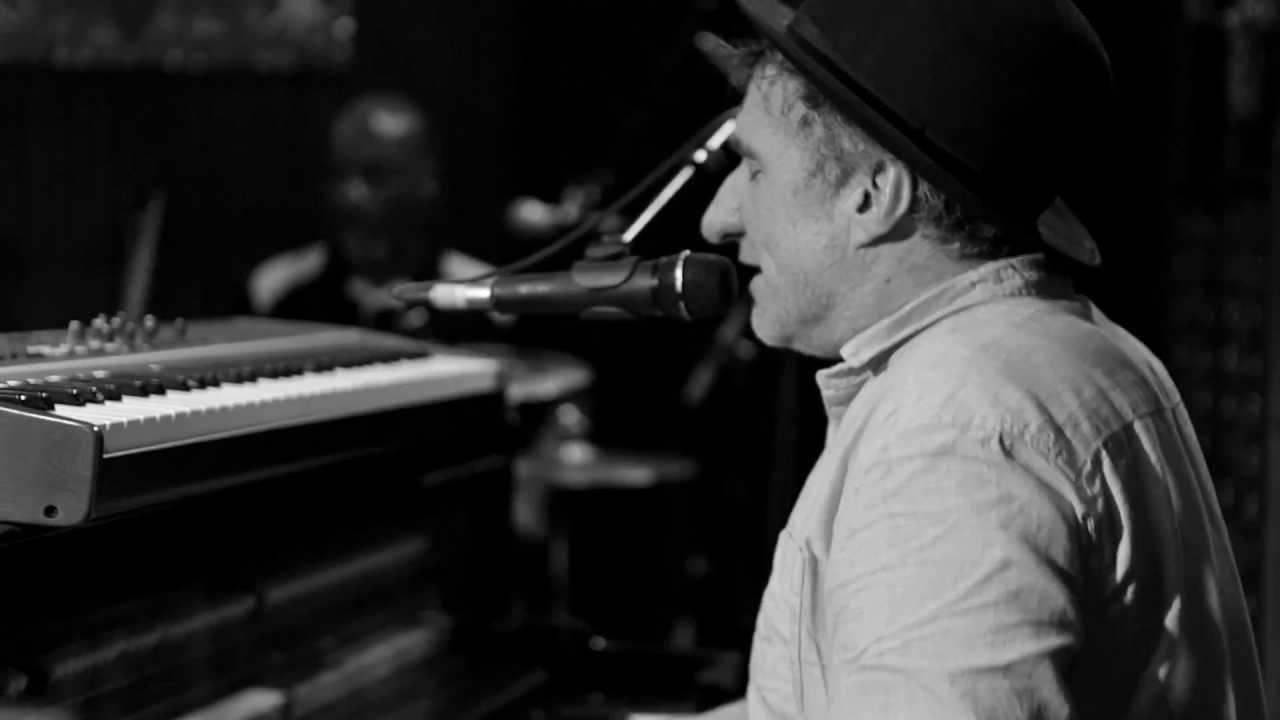
Jon Cleary
Jon Cleary is a British-born American funk and R&B musician based in New Orleans, Louisiana, where he has studied the musical culture and life of New Orleans for 35 years.
Seminar Description
Seminar Description
Blues Piano Techniques & Hand Positions
Welcome to this in-depth lesson on blues piano techniques, covering essential hand positions, voicings, and rhythmic approaches. Whether you’re new to blues or refining your skills, this lesson will help you develop fluency in playing with authentic feel and groove.
Thumb on the 5 & Other Hand Positions
A commonly recommended hand position for blues is placing the thumb on the 5th degree of the scale. This allows easy access to key blues licks, runs, and arpeggios. While there are no strict rules, this positioning is widely used in both hands for strong, bluesy phrasing.
For left-hand accompaniment, typical approaches include:
- Root-5 patterns: Alternating between the root and 5th for a strong, rhythmic foundation.
- Stride bass: Jumping between bass notes and chords to create movement.
- Rolling tenths: If you can’t reach a full 10th, rolling between notes or using sustain pedal can help.
For the right hand, positioning the thumb on the 5th allows easy access to essential blues notes, including blue notes and chordal extensions like 9ths. This positioning also facilitates classic New Orleans piano riffs.
The Balance of Sweet & Aggressive Playing
Blues piano playing involves a dynamic balance between soft, expressive phrasing and strong, percussive attacks. This contrast adds depth and emotion to your playing. Many blues pianists, particularly in New Orleans styles, alternate between these dynamics for a rich sound.
A key aspect is achieving a strong rhythmic feel in the left hand while keeping the right-hand melodies fluid and expressive.
Clave & New Orleans Blues Rhythms
Blues and New Orleans funk often incorporate rhythms influenced by Afro-Caribbean music, particularly the clave pattern. Although piano players don’t always play the full 3-2 clave, many grooves emphasize syncopation and cross-rhythms.
New Orleans-style blues often features:
- Rhumba & habanera patterns: These add a Latin-inspired swing to the blues.
- Boogie-woogie left-hand figures: Driving bass patterns that support solos and riffs.
- Syncopated grooves: The left hand establishes the groove, while the right hand plays counter-rhythms.
Playing in D-Flat & Transposing Licks
Many blues and funk tunes, including Dr. John’s version of "Goodnight Irene," are in D-flat. Playing in this key presents unique challenges:
- The minor 3rd falls on a white key, requiring different fingering for blues slides.
- Tents and voicings may require adjustments compared to C or F.
- Using alternate voicings and rolling tenths can help navigate the key smoothly.
D-flat’s unique resonance and brightness make it a popular choice in gospel and blues. It encourages creative voicing choices and can lead to interesting harmonic movements.
Reharmonization & Passing Chords in the Blues
Basic blues uses three primary chords (I, IV, and V), but reharmonization adds harmonic depth and movement. Some common techniques include:
- Dominant 7th substitutions: Adding 7ths and 9ths to create tension and resolution.
- Passing diminished chords: Bridging chord changes with diminished movements.
- ii-V-I progressions: Introducing jazz-influenced turnarounds to smooth transitions.
- Chromatic passing chords: Using half-step approaches to lead into target chords.
For example, a standard blues progression in C might be altered with:
- C7 → Bbmaj7 → C7 (chromatic movement)
- F7 → Fm7 → C7 (minor substitution for color)
- G7 → G9 → C7 (adding extensions for a jazzier sound)
Practice Tips
- Use the Thumb on the 5th: Try playing scales, licks, and arpeggios with your thumb on the 5th to internalize the blues feel.
- Develop Independence: Practice syncopated left-hand grooves while playing simple right-hand melodies.
- Explore Different Keys: Try blues licks in keys like D-flat and E-flat to expand your flexibility.
- Experiment with Passing Chords: Add dominant 7ths and diminished passing chords to spice up basic progressions.
- Think Like a Drummer: Blues and funk piano is highly rhythmic—focus on groove and timing as much as notes.
Mastering blues piano is a journey that combines technique, rhythm, and feel. Keep exploring these concepts, and most importantly, have fun with it!






